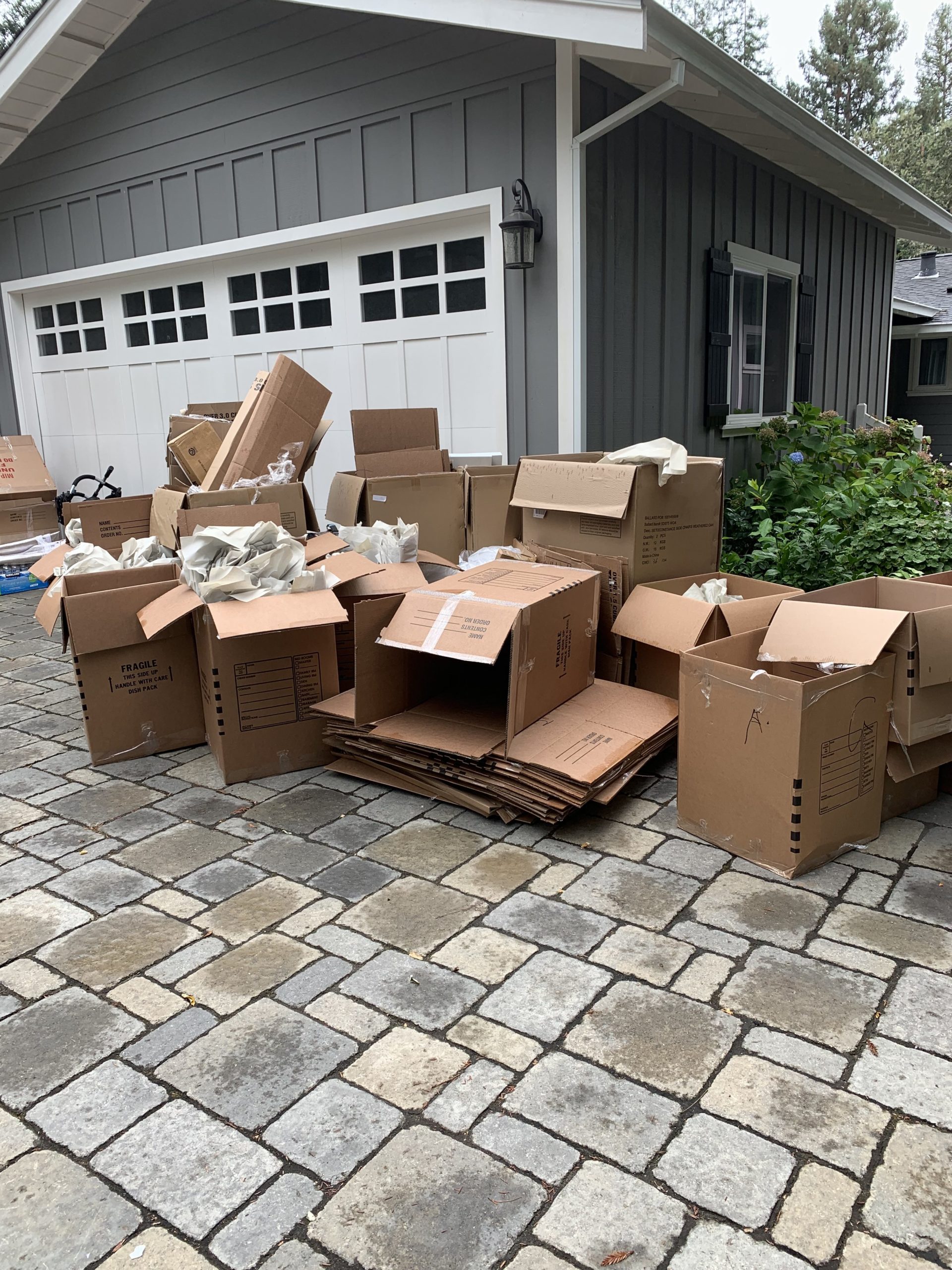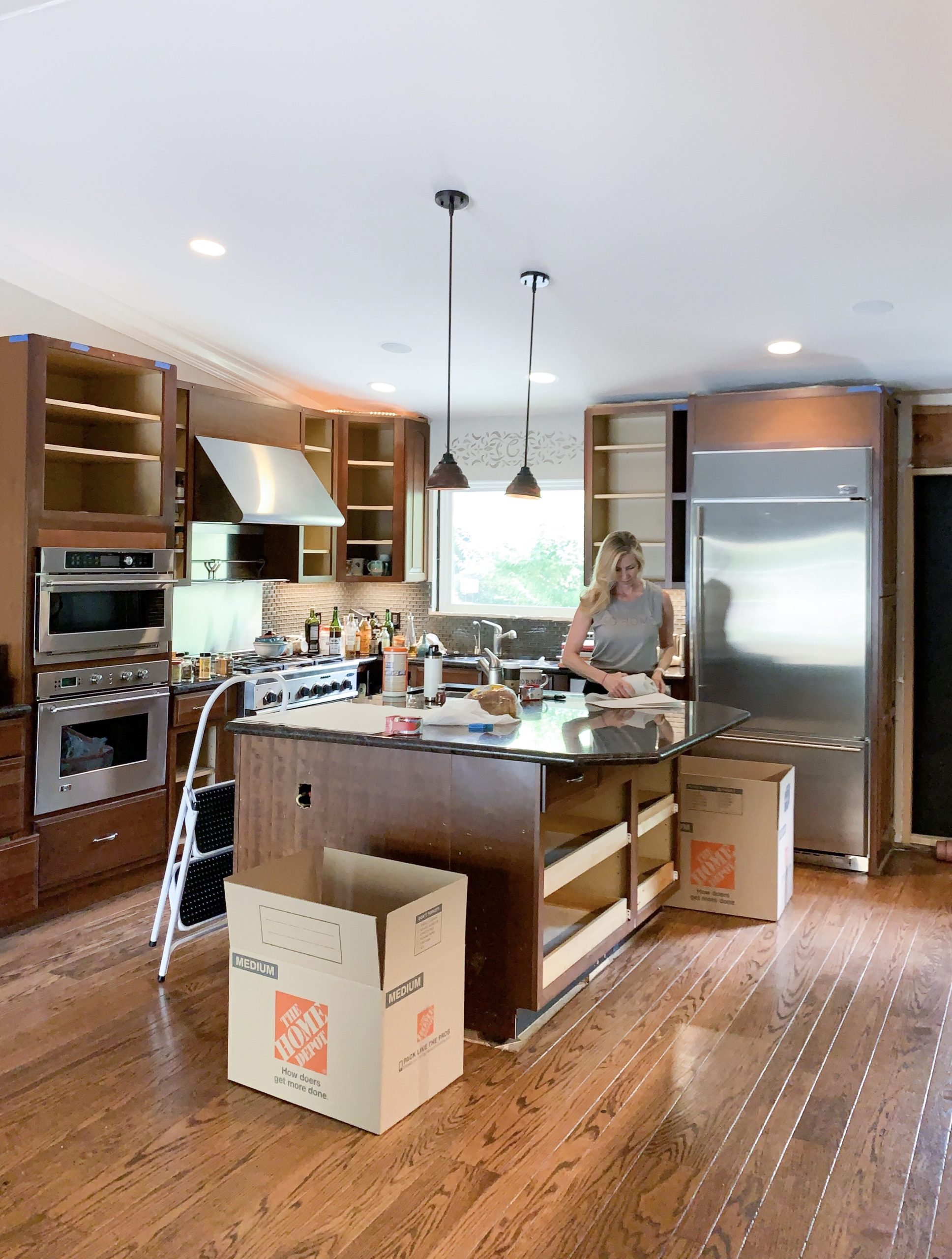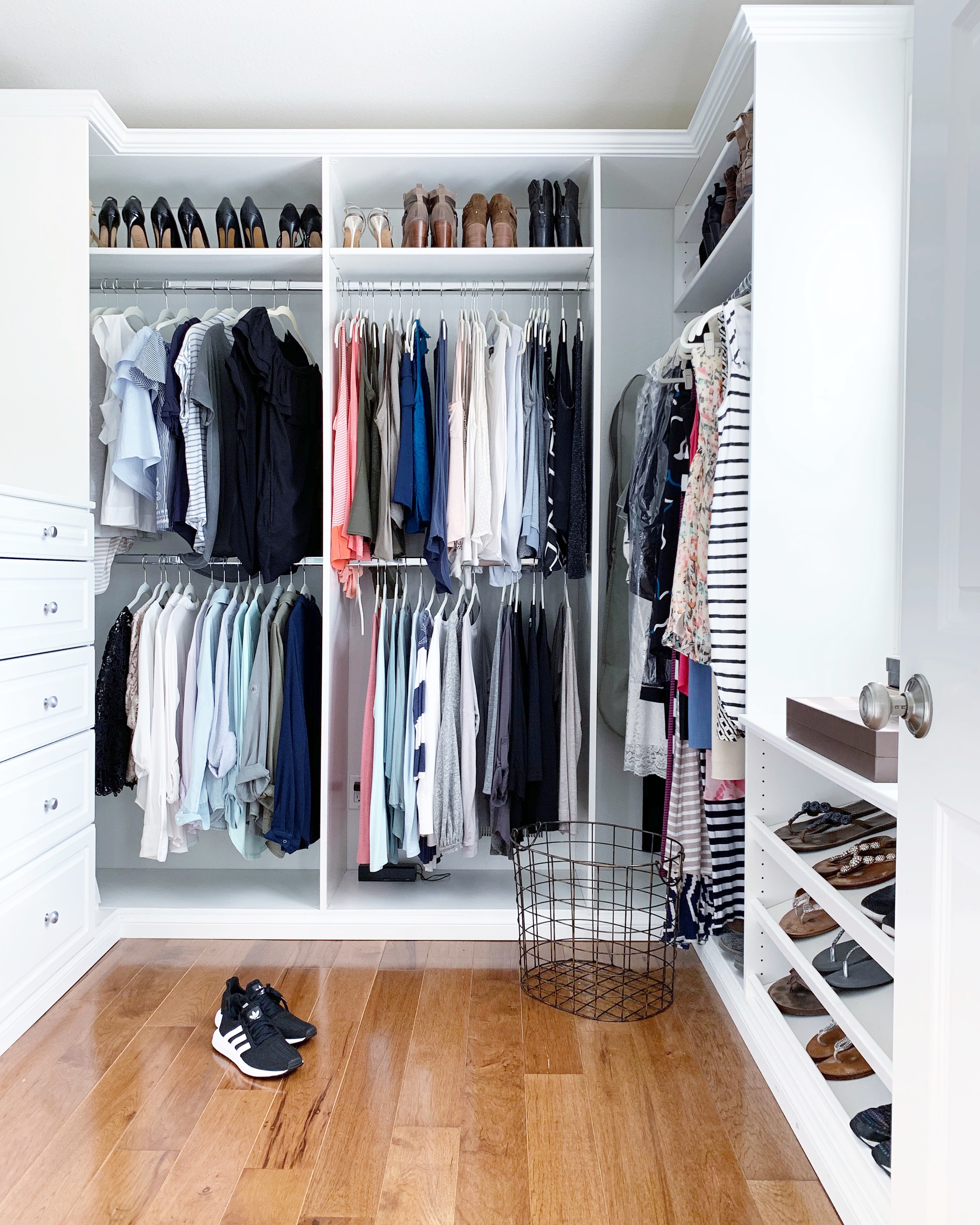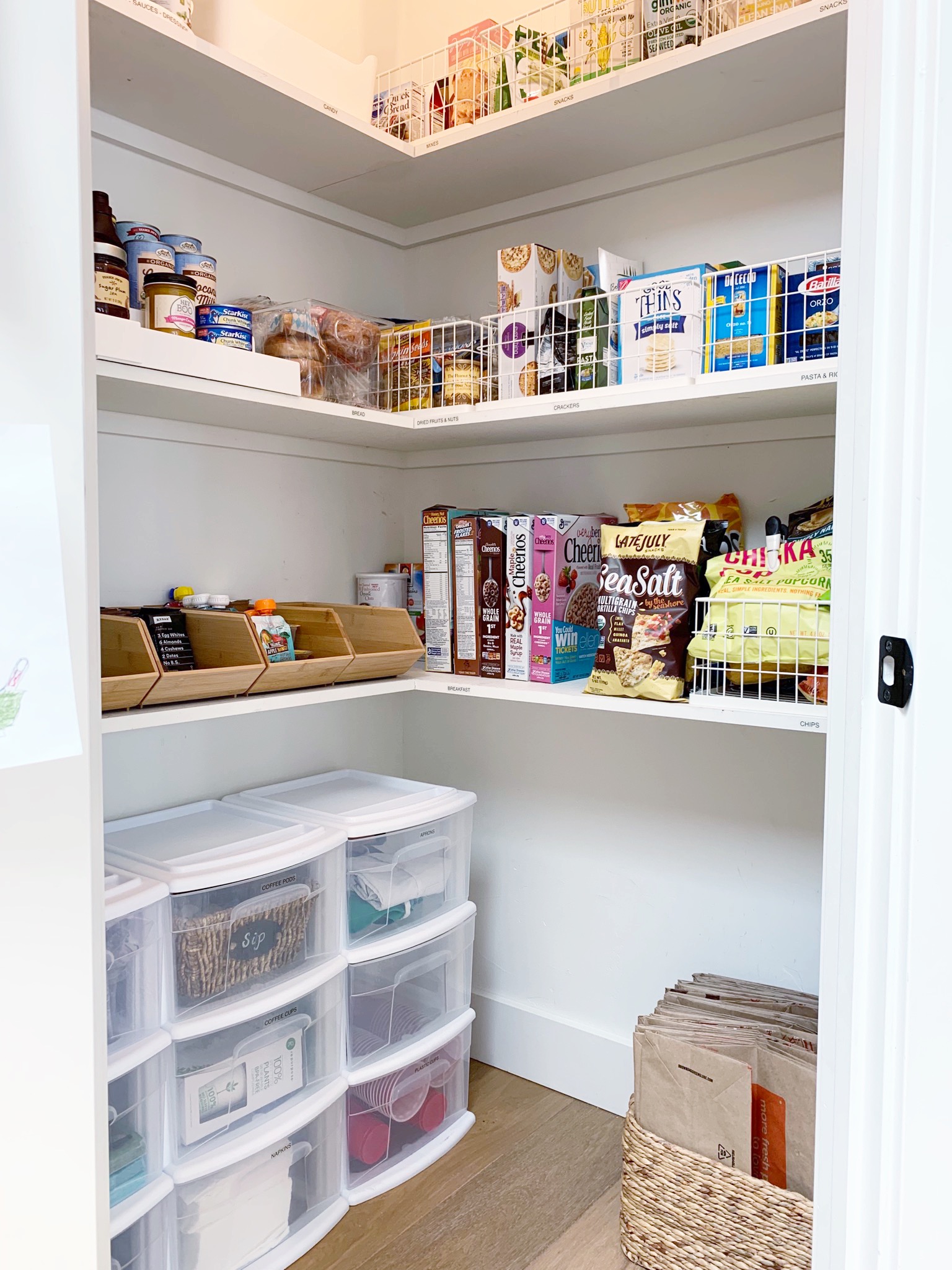Continuing with our series of organizing basics, in this post we’re covering the main types of disorganization. Someone may contribute to this conversation saying there are more types than these four…could be true. But these are the four I’ve experienced in my years of work and have learned about through my education in the field:
FOUR TYPES OF DISORGANIZATION:
SITUATIONAL
HABITUAL
CHRONIC
HOARDING DISORDER
In part three of this series we’ll talk about the CAUSES of clutter. The causes are somewhat similar, but these are the types that most professional organizers will agree to. Let’s break them down to see if you identify with any of these…
SITUATIONAL DISORGANIZATION
As the word suggests, situations in life happen. Circumstances get the best of us and that’s absolutely normal. We have all experienced or suffered from situational periods of clutter and chaos at various points. Examples include:
- A move – even a local move can cause a lot of chaos
- A new baby or transitioning through various life phases with children
- A job or career change
- Divorce
- The death of a loved one
- An event you’re hosting at home, for work, etc
- A long-term home project that has taken over your home for a period of time
- Something happened that we weren’t prepared for or anticipated
You can see these examples are likely situations you have experienced. But you can also recall how you got through each of those. It takes time, but eventually and most of the time, the situation passes. You get re-organized and life is (fairly) smooth sailing from there. Until the next situation of course…because life is always full of changes and surprises!
HABITUAL DISORGANIZATION
Bad habits = they are a bitch to break. “Ha-bitch-ual” is how I sometimes refer to these bad habits I’ve created and not corrected.
These are bad habits that have developed / continued over time and our bad habits are what is contributing to the clutter and chaos. We are the reason behind the mess. It’s hard to change bad habits, but it is absolutely possible! Examples include:
- Shoving stuff into a drawer or closet because you don’t have the time or patience to deal with it the right way
- Using the floor as part of your “available space” – that closet floor, ahem!
- Procrastination – I’ll deal with it later…which means you aren’t really going to deal with it in a reasonable amount of time. You’re just delaying the work.
- Over-scheduling ourselves
- Patterns we’ve created over time
We all have that little voice in our head we choose to ignore. For lack of a better term – you can create your own name for your little voice – I like to call mine the “bitch voice”. She shows up every time there’s dishes piled high in the sink. I hear her encourage me to do it tomorrow or wait to see if someone else in the house will do the dishes. She shows up every time I see that little pile of items at the bottom of the stairs. Even though it’s been sitting there for days and I walk past it several times a day. She shows up when I have clothes piled on the closet floor or laundry sitting in a basket.
She shows up in other parts of life too that can be counted into habitual disorganization – conversations that need to be had, client work that needs to be done, tasks I need to teach to team members.
The list goes on – you get it!
Shut down that voice (smack her around), be the boss of her and handle it. I end up feeling so strong when I ignore her voice…and the obvious, positive result emerges in the form of a cleaner more organized home, a more manageable work schedule because I took the time to delegate, better relationships because I didn’t avoid having a difficult call, and more.
In my opinion, habit changes are successful when you first recognize what’s going on, make the old habit unattractive – therefore, making the new habit attractive – and your efforts are repeated over and over again. You do need to make it a bit easy on yourself by setting up systems you can be successful with.
Here’s an example of my own successful habit change…
I love being healthy but hate taking certain types of vitamins. I love the gummies, but not the capsules. There’s a vitamin I take as a capsule and the bottle used to be in the kitchen. Even though it was there in plain sight, and I’m in the kitchen every day, I never took it. Day after day the bottle sat full.
One day I moved the bottle to my bathroom counter where I keep my skincare and make-up. Since I’m in the habit of washing my face at night and standing at this counter in the morning to get ready AND I always have water with me while doing so, I now take this vitamin every day. Without fail. I still don’t enjoy the capsule, but it’s now become a habit because I connected getting ready or unready with the importance of this healthy vitamin. It’s incorporated into my skincare routine now because this vitamin is for healthy skin and hair.
It’s a simple example, but one to share how tweaking one small thing created a new good and healthy habit.
Actually, I have a lot to speak about in regards to self-discipline. I’ll save it for another post in this series because it deserves its own attention. It’s going to be raw and direct too.
If you are interested in a great book about habit changes, James Clear is amazing! You can find his book here…


CHRONIC DISORGANIZATION
Chronically disorganized people have a persistent problem with disorganization. It is a constant battle and seems to endure no matter what. Chronic disorganization is disorganization that has a long history, undermines one’s quality of life on a daily basis, and recurs despite repeated attempts.
Each and every day, chronic disorganization belittles one’s quality of life. It creates daily stress and anxiety. Left unaddressed, chronic disorganization can threaten job security, injure relationships, and lower self-esteem.
Judith Kolberg is the expert in this space and has written the book as well. She has a few questions to help you find out if you’re chronically disorganized:
- Has getting organized been a challenge for you most of your adult life?
- Does being disorganized negatively affect your quality of life in some way every day?
- Have you been unable to sustain organization?
If you answered yes to these questions, you are chronically disorganized.

Most people organize conventionally, using methods such as filing systems, storage systems, and time management systems. These have a certain logic to them. If you think, learn, and organize within the logic of those systems, getting and staying organized is possible. But people who are chronically disorganized are not generally conventional. They think, learn and organize in ways that are UNconventional.
An example is someone who prefers to organize and label files with the name of a memory, as opposed to their general category.
In Judith’s book she breaks down the different learning and organizing styles – auditory, kinesthetic, visual and more. She also also talks about emotional organizing, wholistic organizing, social organizing and ways you can maintain organizing success if you are chronically disorganized.
If you have been diagnosed with ADD, ADHD, depression, anxiety, PTSD and more, chronic disorganization may be present for you.
I’d say that in my work, most of the families who reach out to us fall into the categories of situational and / or habitual…which a small percentage who are chronically disorganized.
We work with families so there are a lot of dynamics at play. What causes or compounds the disorganization is a mix of those first two types. …. THEN adding more people to the home (marriage and children), and / or not having systems that started off strong or took everyone / the future into account. Again, will talk more about this topic in an upcoming post. But it truly is a mix of those two types, which is normal for the niche of people we work with.
HOARDING DISORDER
We don’t work with people who have hoarding disorder so I can’t speak to this specific topic from a place of experience. Therefore, I’ve pulled some info from the American Psychiatric Association’s website to define this type for you. I’m sure you are familiar with shows that have covered this topic so you can imagine the level of disorder and clutter that is experienced for someone who’s a hoarder. It’s an actual DSM disorder that only a Dr can diagnose or specify.
Have I been in a hoarder’s home? Yes. When I have been I immediately refer them to someone qualified to work with them. This is well beyond my scope and believe this type of work needs a Dr’s help.
People with hoarding disorder have persistent difficulty getting rid of or parting with possessions due to a perceived need to save the items. Attempts to part with possessions create considerable distress and lead to decisions to save them. The resulting clutter disrupts the ability to use living spaces (American Psychiatric Association, 2013).
Important to note – hoarding is not the same as collecting. Collectors acquire items in an organized and intentional way. They generally have their items on display in a way that can be admired.
For hoarders, they are impulsive to purchase or attain items with little active planning. They are also triggered by the sight of an item that could be owned. They also lack a consistent theme, whereas collectors are narrowly focused on a specific topic of items.
Hoarding disorder can cause problems in relationships, social and work activities, and other important areas of functioning. Potential consequences include health and safety concerns, such as fire hazards, tripping hazards, and health code violations. It can also lead to family strain and conflicts, isolation and loneliness, unwillingness to have anyone else enter the home, and an inability to perform daily tasks, such as cooking and bathing in the home.
Some of the info I shared and more on this topic can be found here in this article.
Hope you have found some good information in this post and can define your own type or types. I’ll be back with another post in this series about the causes of clutter and more. And I’ve heard from several who are struggling with ADD / ADHD and trying to get organized. There’s experts available to help contribute to those challenges and look forward to sharing more on those topics with you as we continue this series!
Back soon with more!
xo,
Sam




comments +